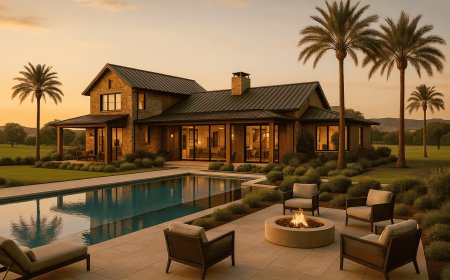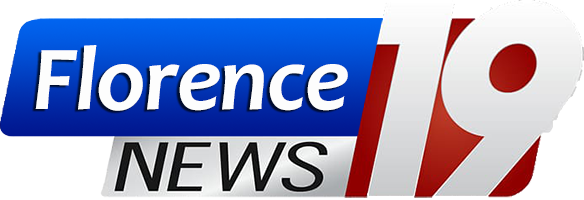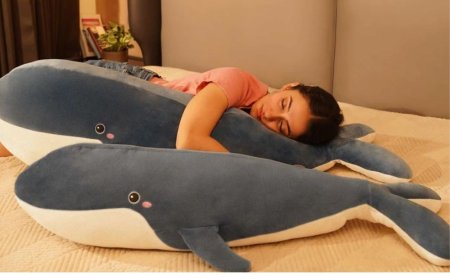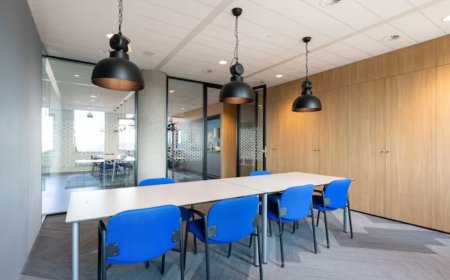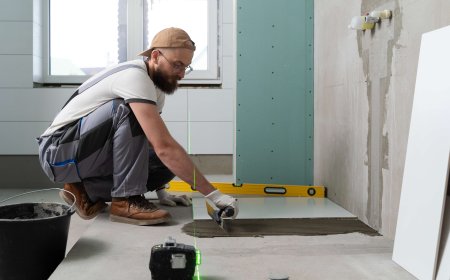Harnessing Industrial Power: Why a 10KW Three-Phase Inverter is Essential for High-Demand Systems
10KW Three-Phase Inverter
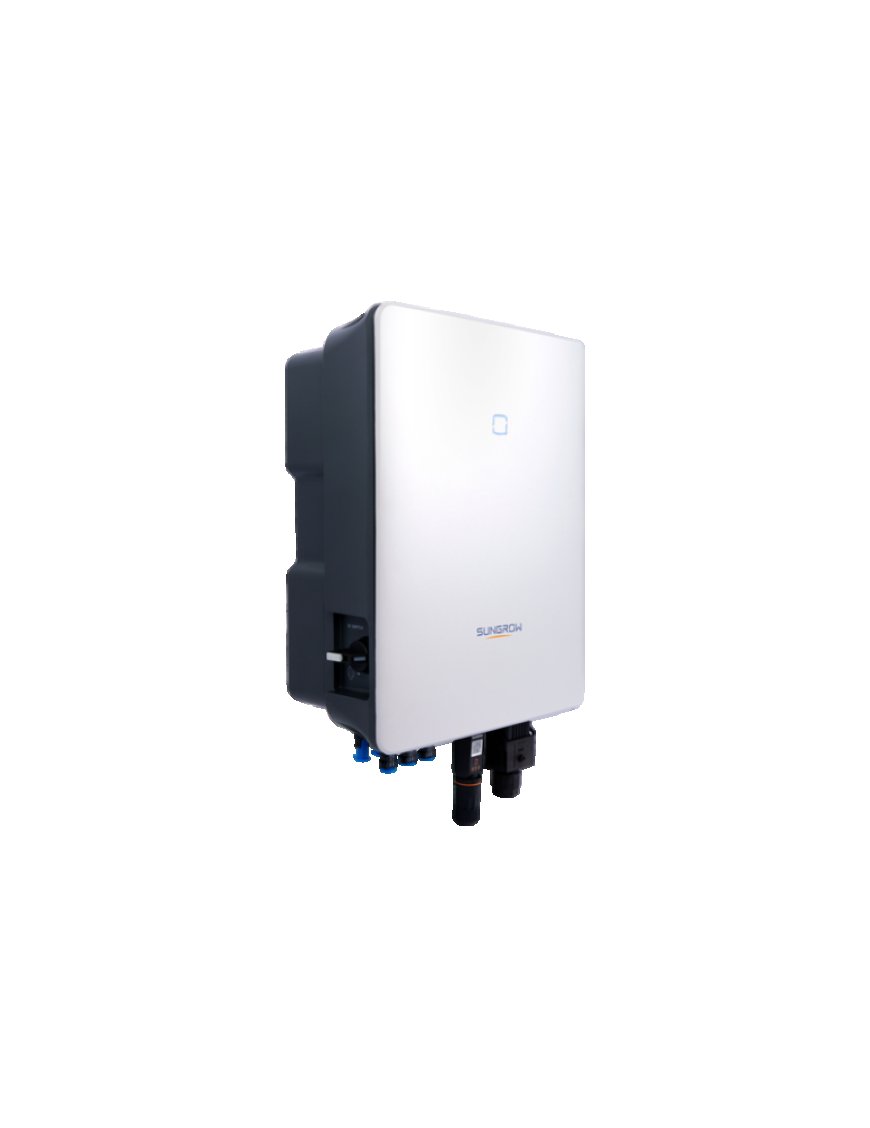
As the shift toward renewable energy accelerates across industries and households, the infrastructure supporting this transition must keep pace. High-capacity solar systems, energy-intensive equipment, and large properties demand a more advanced power solution. That solution often comes in the form of a 10KW three-phase invertera robust power conversion device thats essential for efficient and stable high-load operations.
Whether you're a business owner trying to reduce electricity bills, a farmer running large irrigation systems, or a homeowner managing an EV charger and air conditioning, a 10KW three-phase inverter could be the powerhouse behind your solar setup.
Understanding the 10KW Three-Phase Inverter
A 10-kilowatt three-phase inverter is designed to convert DC electricityproduced by solar panels or stored in batteriesinto three-phase AC power, which is the standard for powering larger loads in industrial and commercial environments.
Key Features:
-
Capacity: 10,000 watts continuous output
-
AC Output: Balanced across three phases (typically 380V415V, depending on region)
-
Input Source: Solar PV arrays or DC battery banks
-
Application: Ideal for commercial, agricultural, or large-scale residential use
Three-phase electricity provides more stable voltage and current delivery than single-phase power, especially for motors and large electrical systems.
Why Three-Phase Power Matters
Three-phase systems deliver power through three alternating currents, each out of phase by 120 degrees. This structure creates a more efficient and consistent power supply with less fluctuation, making it ideal for:
-
Motors and machinery
-
HVAC systems
-
Pumps and compressors
-
High-capacity commercial lighting
Compared to single-phase power, three-phase systems offer:
-
Better load balancing
-
Reduced voltage drop over long distances
-
Higher energy efficiency
-
Smaller, lighter cabling for equivalent loads
Common Use Cases for a 10KW Three-Phase Inverter
The 10KW range hits a sweet spot between moderate residential and large-scale industrial systems. Some practical applications include:
? Small Manufacturing Units
10KW inverters can power CNC machines, drill presses, and heavy-duty tools with minimal energy loss and better control over operations.
? Agricultural Systems
Farmers use three-phase power to operate irrigation pumps, grain mills, and electric fencing. A 10KW inverter can manage both on-site solar generation and stored energy for night or cloudy-day operations.
? Luxury or Multi-Family Homes
Homes with multiple air conditioning systems, EV chargers, heated pools, and home automation setups benefit from the smooth and reliable power delivery of three-phase electricity.
? EV Charging Stations
Charging electric vehicles demands a significant amount of power, often more than single-phase systems can provide. A 10KW three-phase inverter helps supply enough power without straining the grid connection.
System Components for a 10KW Setup
To build a reliable solar power system using a 10KW three-phase inverter, several key components are needed:
1. Solar Panels
To fully utilize the inverters capacity, pair it with approximately:
-
25 400W panels
-
or 28 360W panels
This gives a solar generation capacity of roughly 9.610KW, sufficient to meet the inverters maximum output.
2. MPPT Controller (Usually Built-In)
Modern inverters include an MPPT (Maximum Power Point Tracking) controller that dynamically adjusts voltage to maximize solar output in varying sunlight conditions.
3. Battery Bank (Optional for Hybrid Models)
If the inverter is a hybrid model, you can add a battery system. This is useful for backup power or load shifting. A 10KW system often pairs with:
-
48V lithium battery bank
-
1015 kWh capacity for full-day energy autonomy
4. Monitoring and Communication
Wi-Fi or Ethernet modules allow remote monitoring of:
-
Solar generation
-
Load usage
-
Battery status
-
Grid feed-in/export
Real-time data helps optimize energy consumption and detect issues early.
Installation Considerations
Installing a 10KW three-phase inverter is a task that requires planning, precision, and proper licensing. Its strongly recommended to hire a certified solar installer.
Site Placement
-
Mount the inverter indoors or in a weatherproof outdoor enclosure.
-
Ensure adequate ventilation to prevent overheating.
-
Leave access space around the inverter for service and inspections.
Wiring and Safety
-
Use heavy-gauge cables suitable for 10KW power transmission.
-
Install DC isolators, fuses, and surge protection devices.
-
Properly ground the system to prevent electrical hazards.
-
Comply with local regulations for three-phase grid connections.
Grid-Tied vs. Off-Grid Use
? Grid-Tied Systems
In grid-tied applications, the inverter feeds excess solar energy into the utility network, which may earn credit via net metering. This reduces electricity bills significantly and keeps the building powered when solar production is low.
? Off-Grid and Backup Power
For off-grid setups, hybrid inverters with battery support offer 24/7 power. This is common in farms or remote areas with unreliable grid access.
Some inverters offer automatic transfer switching (ATS) to switch between solar, battery, and grid/generator power seamlessly.
Advantages of a 10KW Three-Phase Inverter
? High Efficiency
Most quality inverters in this range boast efficiencies above 97%, ensuring minimal power loss during conversion.
? Advanced Protection Features
Built-in protections like over/under-voltage, short circuit, reverse polarity, and overload shutdown safeguard the system and connected devices.
? Expandable
Many models support parallel operation, allowing multiple inverters to work together for higher capacity systems.
? Smart Features
With mobile apps, cloud platforms, and integration with smart home devices, users gain control and insight into their energy system.
Maintenance and Lifespan
Inverters are designed to operate continuously for years with minimal maintenance. For best performance:
-
Check vents and fans every 6 months for dust buildup
-
Monitor temperature and humidity levels around the device
-
Review software logs for anomalies
-
Update firmware if supported by the manufacturer
On average, a high-quality 10KW inverter can last 10 to 15 years or more with proper care.
Cost Consideration
Prices vary depending on brand, features, and warranty terms. As of 2025, a standalone 10KW three-phase inverter typically costs between:
-
$1,800 to $3,500 USD
If integrated with a full solar system (panels, batteries, mounts, labor), the total system cost may range from $12,000 to $18,000, depending on your location and energy needs.
Conclusion: Is a 10KW Three-Phase Inverter Worth It?
If you're managing a large property, industrial equipment, or simply require stable high-load power, a 10KW three-phase inverter is a practical and future-ready investment. Its capable of meeting heavy energy demands, supporting smart energy management, and integrating with renewable energy sources like solar and battery storage.
This inverter isnt just a deviceits a gateway to energy independence, cost savings, and long-term sustainability for high-demand users.





























